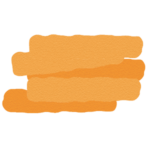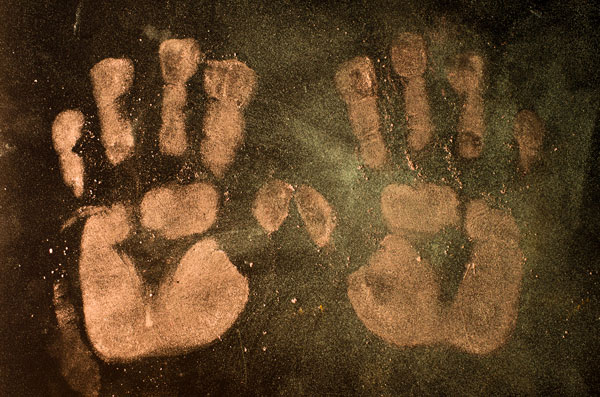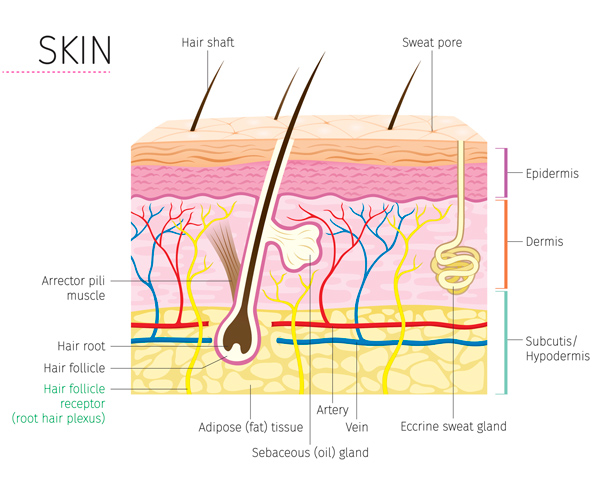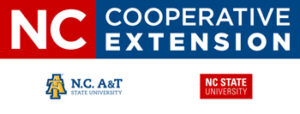Go Away, Germs!
What are microbes?
Microorganisms are living things that are all around us, but they are so small that you need a microscope to see them. While most microorganisms on our planet are harmless, or even helpful, to humans, some microorganisms are dangerous. These microorganisms are known as pathogens or more commonly as “germs.” Bacteria, fungi, viruses, and protozoans (single-celled organisms that move and consume other organisms) are all different types of pathogens that can make humans sick.
Some of the ways in which pathogens can enter the body include breaks in the skin, airway passages, and the mouth. Pathogens spread through the air when we sneeze and through contact with infected surfaces. Just to name a few, shaking someone’s hand or pushing the grocery cart may pass on germs to you or to other people.
Our bodies constantly battle against invaders. These microscopic invaders can enter our bodies in a variety of ways. Luckily, our body has many ways to defend itself against these unwanted guests. One defense is skin. Our skin is made up of three layers (epidermis, dermis, and hypodermis) and is the largest of all the body’s organs. Skin protects our bodies and helps regulate temperature.
Your skin is an organ that covers your whole body. It has a very important job. One that is often overlooked, yet vital to good health. Skin keeps germs from entering your body. This helps keep you from getting sick. Skin also helps regulate body temperature, stores sweat glands, and hair follicles, and allows us to have the sensation of touch. Skin even gives us our color.
The Experiment
Watch how important it is to wash your hands and fight away germs. Germs are everywhere and it’s up to us to stay clean and healthy. The cheese dust (residue) represents germs.
Materials
Cheese puffs

Directions
STEP 1
Eat the cheese puffs. Notice the cheese dust (residue) left on your hands. DON’T LICK YOUR HANDS! The fun is about to begin.
STEP 2
With a caregiver’s permission, choose surfaces to touch. A few examples can include the mail, the refrigerator, or a mirror. What do you see as a result of touching the items with your hands?
STEP 3
Time to clean up. Wash your hands with water only. What happens to the cheese dust?
STEP 4
Try again! Wash your hands with soap and warm water for 20 seconds. Sing a little song to help you pass the time! What happens to the cheese dust this time?

Dinner Talk
- What happened when your “germs” were shared with the items you touched? How do you feel about germ sharing now?
- Discuss the differences you observed with and without the soap.
- What happened to the cheese dust (germs) when you put soap on your hands?
- What would happen if you had a cut on your skin?
- Talk about proper handwashing techniques and other things you can do to keep your skin healthy.
Extra Enrichment
- WebMD – The Skin (Human Anatomy)
- By KidsHealth, YouTube: How Your Skin Works
- Kids Learning Tube, YouTube: Skin Anatomy Song for Kids
- Pay attention to cuts and scrapes on your skin. How long did they take to heal?
- What problems could occur if a lot of your skin was damaged or burned?




